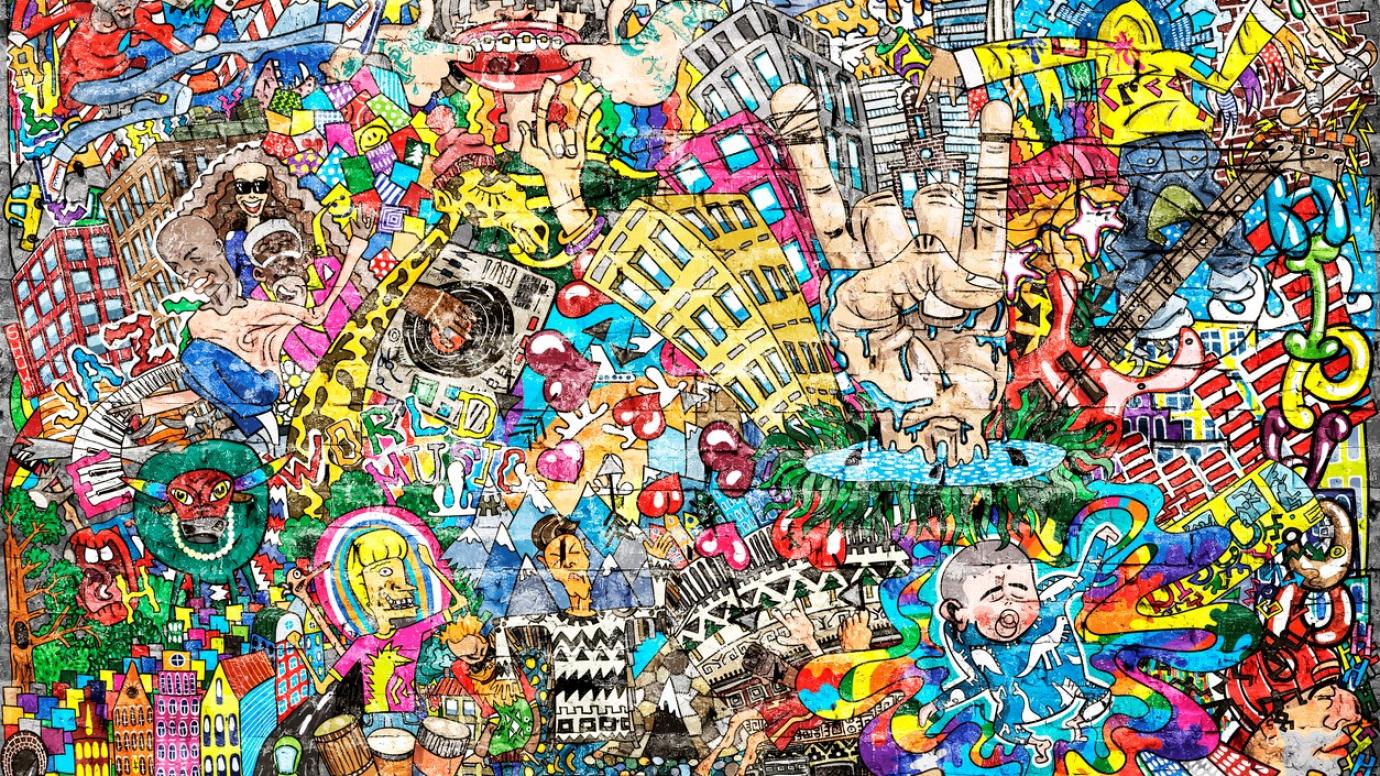This publication views “The Arts” as an economic sector comprised of many different components. While some readers may concur with this depiction, others may subscribe to a different viewpoint. Even though that may be the case, it is likely that every reader will understand that creative endeavors can drive economic activities in some ways.
The real challenge is to remove the prejudice against a “bohemian lifestyle.” To essentially remove the necessity for creatives to become starving artists before their dreams come true. If you look at all the artistic disciplines, you’ll find a common theme. Most creatives within any medium have to essentially “pay their dues” by going through a period in which they must create their art with very little if any financial compensation for it. For every one superstar, there are thousands of other talented people who are just as worthy of the spotlight. One of the most important aspects of this publication is to shine a spotlight on everybody, including both discovered and undiscovered talents. We mix in articles on business and economics because we want our creative readers to have the opportunity to learn how to build a financial foundation that can support them during their artistic endeavors.
Many people think this is a tough task. It is true that one publication can not completely change the financial landscape of all artists and give them equity in regards to the spotlight. Even though that is the case, taking a finite perspective will make things clearer for the skeptics. If our publication can inspire one creative person to continue sharing his or her gifts with the world, it can have a ripple effect. One person can apply the knowledge acquired from our publication, start a collaboration or work on some type of show, and confidently share and apply information with those around them. From the hundreds of thousands of visitors we receive each month, we always get positive feedback from readers about the direction of our editorial. This is a positive sign that encourages us to keep going.
Collaboration is key. For example, when a musician is playing music alone that is one form of artistic expression. However, if he or she collaborates with a filmmaker then all of a sudden new possibilities are made including the possibility of shooting rehearsal footage, making a music video or a documentary. When people within two or more economic sectors collaborate their skills and experience great things typically happen. There is no greater example of where this takes place more than the theatre sector. In order to produce shows you need a variety of creatives including actors, audio and video engineers, makeup and costumes, directors, stage managers, scenic construction among other positions. Theatre by its very nature is collaborative and is a paradigm for people within other sectors to follow. The television and film sectors are collaborative as well. However, when it comes to other sectors that are not aimed at large audiences, collaboration can be a method of discovering a new way of presenting their art.
Even though collaboration is of significance, it is important to state that analytics are important as well. While we can gather data from the U.S. Bureau of Labor and Statistics, there should be other private analytics firms that measure economic activity in the arts. The combination of collaboration and analytics can lead to the creation of new jobs and provide an understanding of what impact current creative activity has in the world today.

